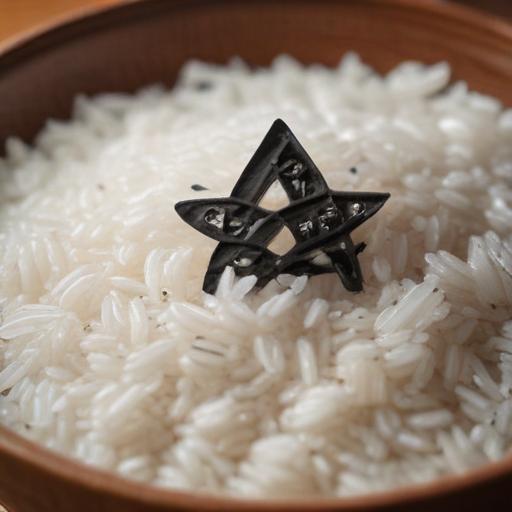A recent study by Healthy Babies, Bright Futures has brought to light alarming findings regarding the presence of heavy metals in rice sold across U.S. stores. The investigation revealed that 100% of rice samples tested from 20 urban areas, including major cities like New York, Los Angeles, and Miami, contained arsenic, as reported by CBS News.
The analysis involved 145 popular rice brands, including Trader Joe’s, Ben’s, and Goya. Results indicated that one in four samples exceeded the FDA’s established limit for arsenic in infant rice cereals, which is capped at 100 parts per billion. However, this regulation does not extend to rice products normally consumed by the whole family, raising concerns about the safety of rice in everyday meals, especially for infants and toddlers.
The study measured total heavy metal content in rice, averaging between 63 to 188 ppb, with some exceeding 240 ppb. Arsenic was identified as the primary contaminant, while cadmium, lead, and mercury were found in lesser amounts.
In response to the report, the USA Rice Federation acknowledged consumer concerns. They stated that while they do not believe there is a public health crisis due to the trace amounts of arsenic found in rice, they are committed to collaborating with the FDA to ensure the safety of the U.S. rice supply.
Health authorities, including the FDA and National Institutes of Health, have highlighted that inorganic arsenic, which appears in higher concentrations in the study, poses increased health risks and is classified as a carcinogen by the Environmental Protection Agency.
To mitigate potential exposure to these heavy metals, the report recommends several strategies:
1. Cook rice in a manner similar to pasta, using 6 to 10 cups of water per cup of rice, and draining any excess.
2. Consider alternatives such as quinoa, barley, and couscous that typically have lower heavy metal levels.
3. Be selective with rice choices, opting for varieties like California white rice, sushi rice, Thai jasmine, and Indian Basmati, which are shown to have lower contaminant levels, while avoiding brown rice and certain white rice types from the southeastern U.S. and arborio rice from Italy, known to have higher levels.
This report underscores the need for greater awareness about the food we consume and highlights the importance of taking proactive measures to ensure food safety for families, particularly for vulnerable populations like infants and toddlers.
